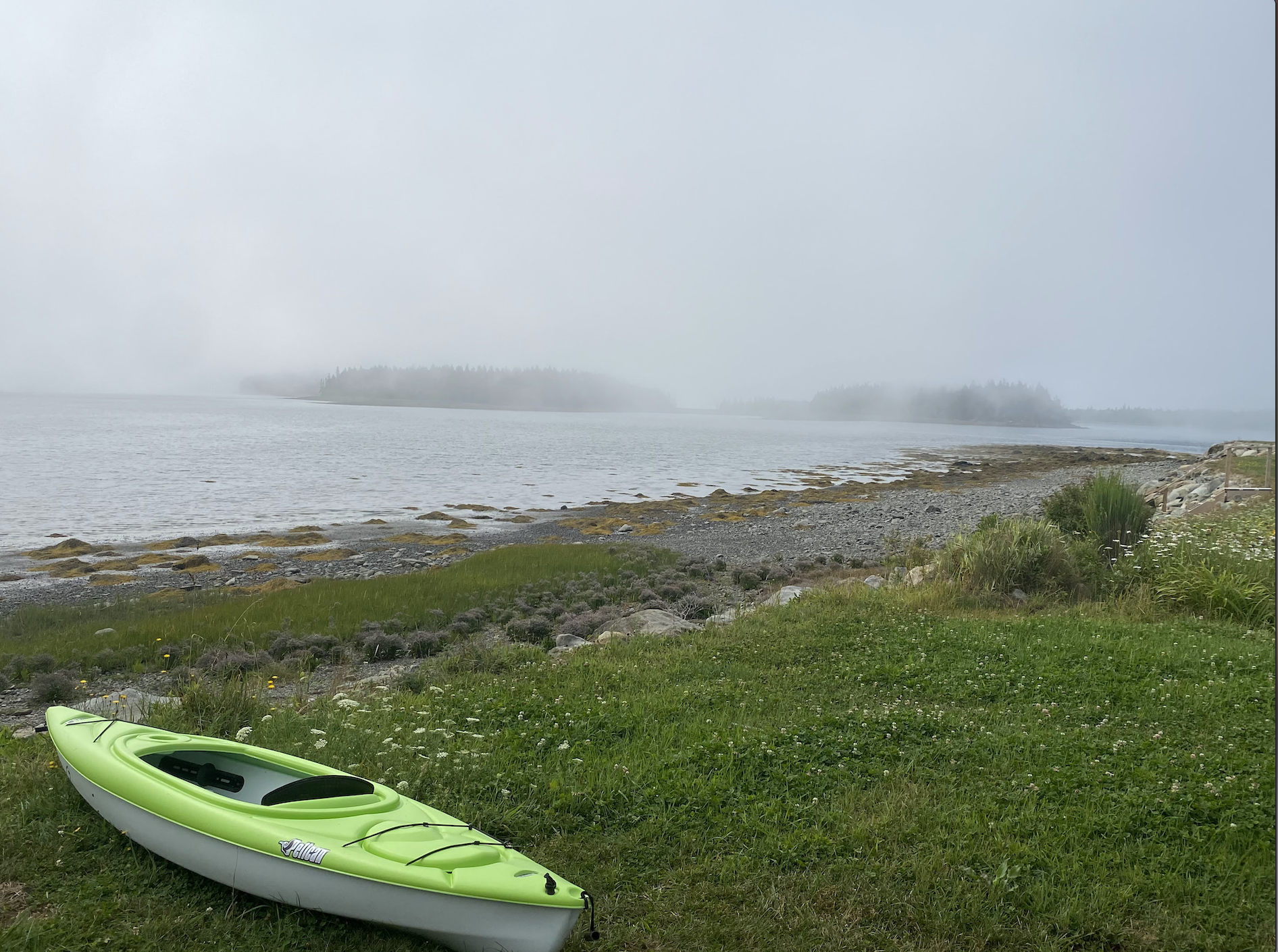
Experimentation

Disha, Dylan, and, Rylee conducted experiments from September to present through the Hopkinton High School Science Fair program. All ideas and problem-solving came from the students, while mentors, Kristen Murphy, Conner Zanini, and Jennifer Smith helped with safety regulations.

Read our in-depth packet to learn more about the experiments!
Phases.
-

Phase 1 - Proof-of-Concept
We tested the similarities and differences of three saline solutions; NaCl + H2O (1), NaCl + H2O + CO2 (2), and real ocean water from Boston Harbor. We tested solubility and examined the crystal structures of each.
-

Phase 2 - Independent Variables
We experimented with different variables to find what factors yield the most precipitate, Dawsonite. In this phase, we conducted over 54 trials, with independent variables being the distance between graphite rods (1 inch, 1.5 inch, 2 inch), number of 9V batteries (1, 2, 3), electrolysis duration (5 min, 10 min, 15 min).
-

Phase 3 - Scalability
We used the best experiment from phase 2 to test different scale factors of that experiment to test scalability. We went smaller at 0.5x and later at 1x, 2x, and 3x.
-

Phase 4 - Vernier Probe
We retested the experiments from phase 2 to revalidate the results. Originally we used pH strips, but using a Vernier probe collected more accurate data and generated multiple graphs.
-

Phase 5 - Recycled Aluminium
Knowing our results were accurate we expanded our phases to incorporate sustainability. We kept time (10 minutes), distance (1 inch), and amount of 9V batteries (1) the same, and varied the type of aluminum: Coca-Cola cans, aluminum foil, and gum wrappers.
-

Phase 6 - Fire Retardant
We assessed the feasibility of dawsonite as a fire retardant, as these properties have been claimed in the past, but not yet confirmed. Thus, we lit matches and tested how dawsonite faired as a fire retardant and proved it feasibility.
Results
-

Phase 1
Solubility: The precipitate from real and artificial ocean water did not dissolve in distilled water, while the precipitate from pure salt solutions did dissolve in water.
Crystal Structure: When dried the real and ocean water precipitate had a similar x-structure that is consistent with Dawsonite, while the pure salt precipitate had a cubical structure that is consistent with salt.
Artificial ocean water can be used in place of real ocean water. The compound made was different than salt, meaning the precipitate was affected by the addition of CO2, so the precipitate is Dawsonite.
-

Phase 2 + 3
Trial 16 (1 battery, 10 minutes, 1 inch) and trial 18 (3 battery, 10 minutes, 1 inch) yielded a similar amount of Dawsonite. Both were retested and a t-test concluded both were not statistically different.
Trial 16 was chosen to be the best trial because trial 16 yielded the most Dawsonite with the least amount of energy used (1 battery).
Using the scalability data a graph was generated to see if the amount of Dawsonite leveled off at a certain scale factor. However, based on the variables tested there was no level off point.
Trial 16 is scalable.
-

Phase 4 + 5 + 6
The Vernier probe testing had a similar trend to the phase 2 testing. The vernier probe also showed no statistical difference between trial 16 and trial 18.
Trial 16 is reconfirmed to be the best trial based on more accurate data.
The gum wrappers yielded similar amounts of Dawsonite as aluminum foil. The Coca-Cola cans yielded statistically less Dawsonite than the gum wrappers and the aluminum foil.
The gum wrappers can be upcycled to be used in place of the aluminum foil.
The dawsonite used to put out matches proved to be effective.
Dawsonite can be used as a fire retardant.